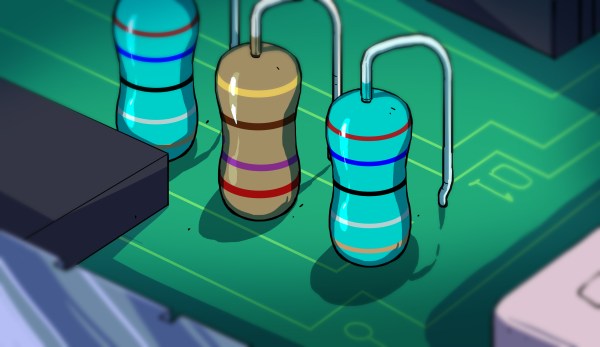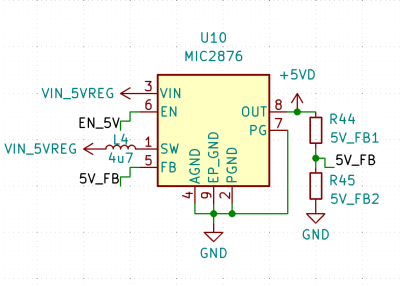How do you talk USB Power Delivery (PD)? Grab a PHY? Use a MCU with one built-in? Well, if you’re hardcore enough, you can do it with just a few resistors and GPIOs. [eeucalyptus] shows you their implementation of USB-PD on a CH32V003, which has no PD peripheral. This includes building a PD trigger, completely open source, and walking you through the entire low-level PD basics, too!
It helps that CH32V003 is a 32-bit MCU with a good few resources and peripherals, for instance, an internal comparator. Other than that, you don’t need much in terms of hardware resources, but you do need a steady hand — parts of the firmware had to be written in assembly to keep up with PD timing. Want to tinker with the fruit of this research, perhaps, further build upon the code? There’s an example board on GitHub, too!
Want to try your own luck with this method? There’s a schematic, and logic analyzer captures, and a board to refer to. Again, more than enough information on every single low-level detail! Otherwise, grab an MCU pre-programmed to talk PD, maybe a trigger board chip, or maybe even a PD PHY and implement PD communications with it directly – it’s pretty easy!
We thank [Julianna] for sharing this with us!



















